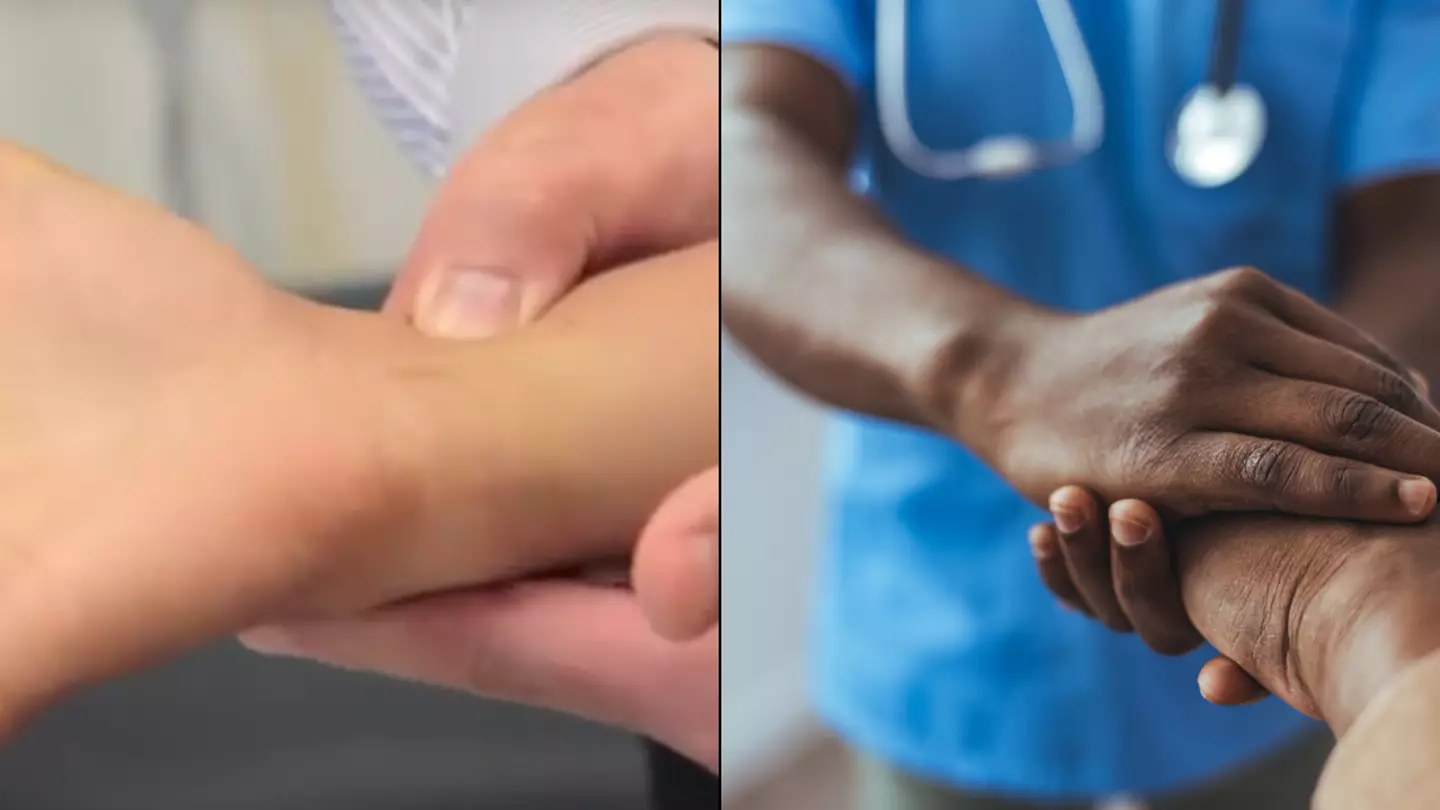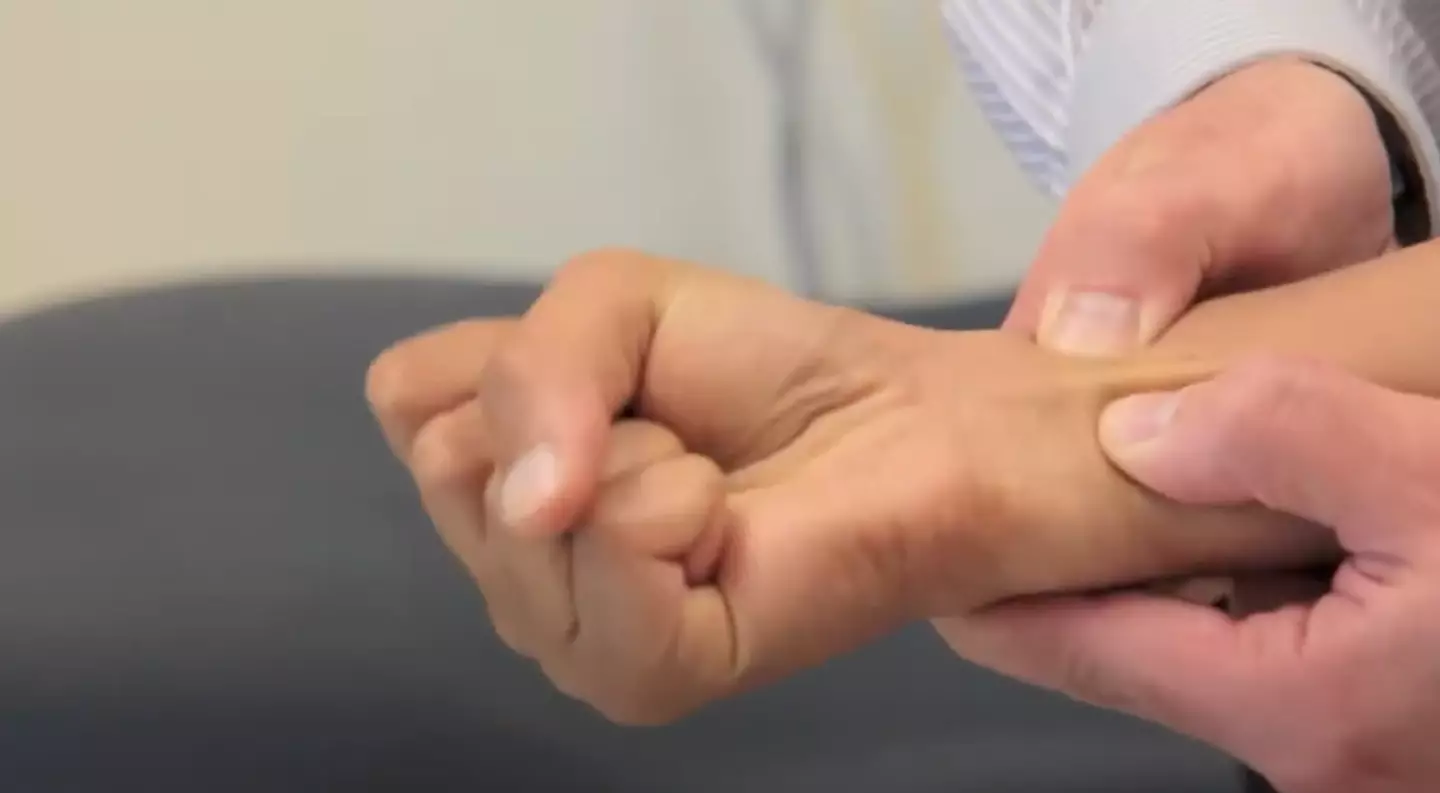
There's a very quick, simple test that can be completed within seconds, revealing if you may have problems with your heart or not.
Staying on top of your health is crucial, and it becomes more important as you grow older.
Eating the right food, doing the right amount of exercise and getting the right amount of sleep all contribute to good health and a longer life, but there are certain quick tests that can be carried out that can assess parts of your long-term health.
Advert
One of these tests is known as the Allen's test - but what does this determine, exactly?

What is the Allen's test?
The Allen's test is used by health professionals to determine the sufficiency of your arteries towards and out of your hand.
Advert
For you science geeks out there, it particularly evaluates the patency of radial and ulnar arteries.
How does the Allen's test work?
To start off, the patient must clench their fist, as the professional will compress the radial and ulnar arteries, meaning they will push down firmly on both arteries in your wrist, leading to your hand.
After approximately 30 seconds, the patient must relax their hand, and the professional will then release one of the compressed arteries, examining the colour of the hand in particular.
Advert
If the palm of the hand returns to its natural colour, that being the one before the test started, then this indicates that the blood flow is adequate from that artery, with the test being repeatable for the other artery as well.
What do the results of the Allen's test mean?
The palm of the hand returning to normal colour is one aspect, but the other is how long it actually takes for the palm to return to normal.
An abnormal result is when the palm takes a longer period of time (more than five to 15 seconds according to the WHO) to return to its normal colour, in which case, you should carry out some tests to see if your arteries are blocked.
Advert
An equivocal result is when the hand returns to normal in five to 10 seconds.
A normal result is when it takes just five seconds for the hand to return to normal.

Negative results could also indicate that your hand does not have enough blood supply, making a planned future procedure unsafe.
Advert
The simple medical test is named after American doctor Edgar Van Nuys Allen, who came up with the original version in 1942.